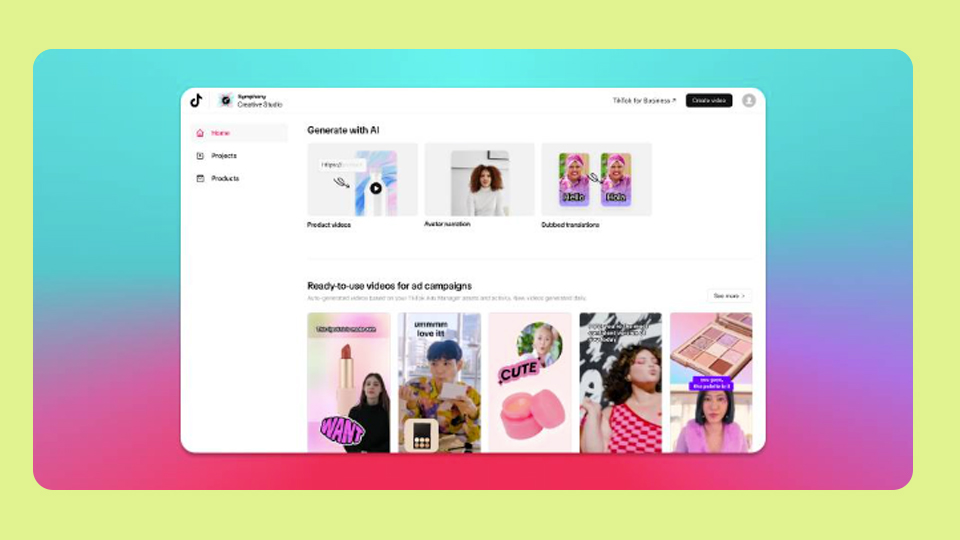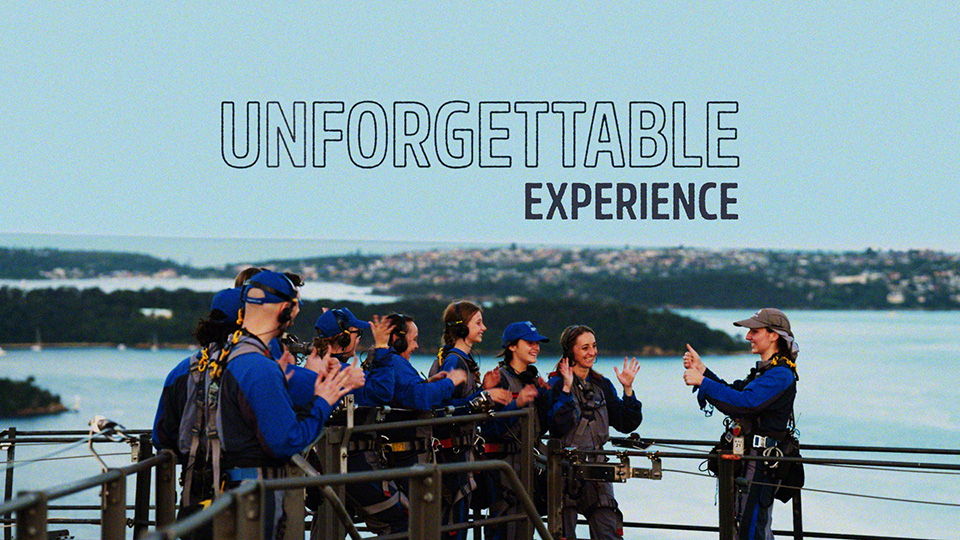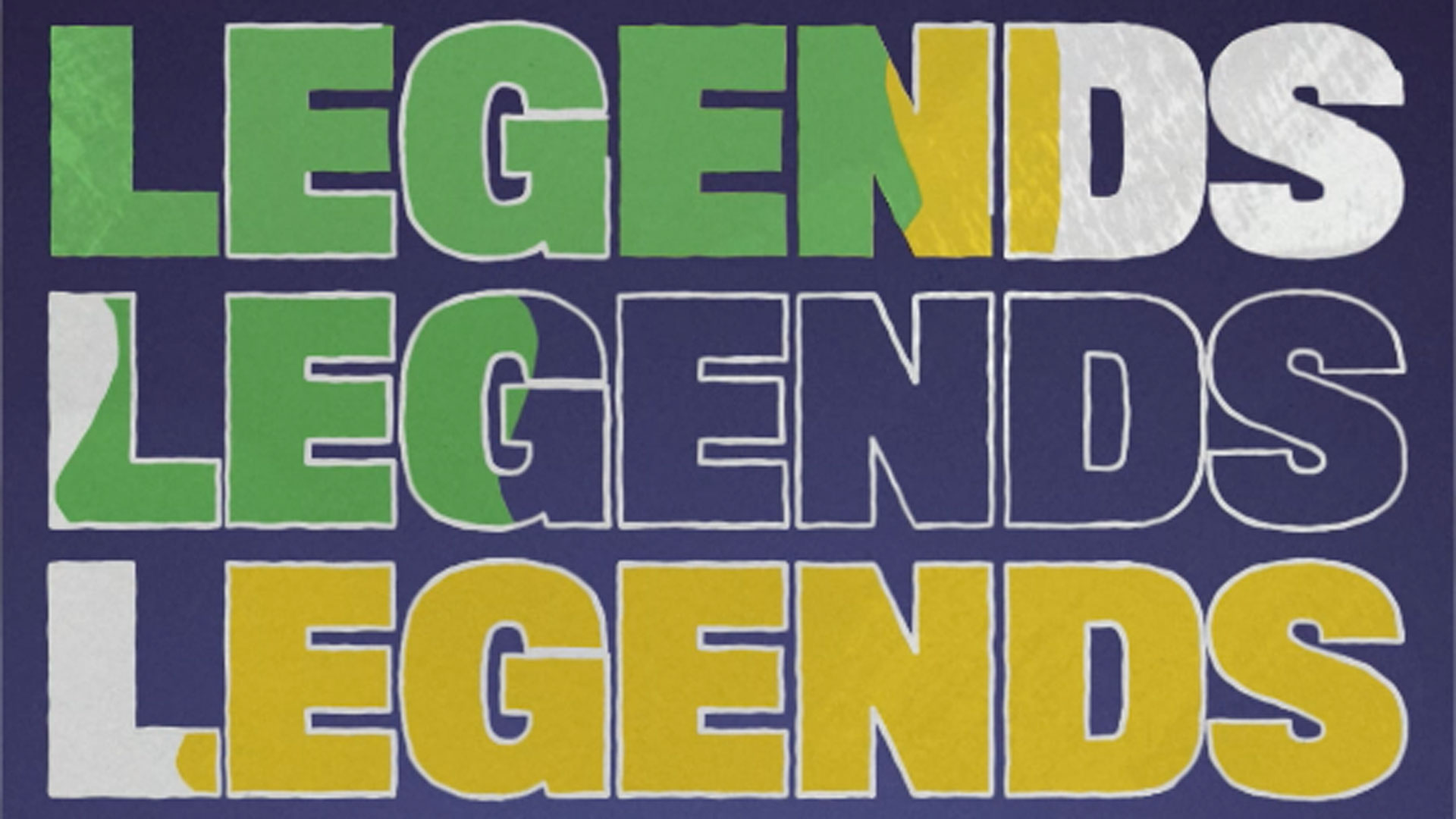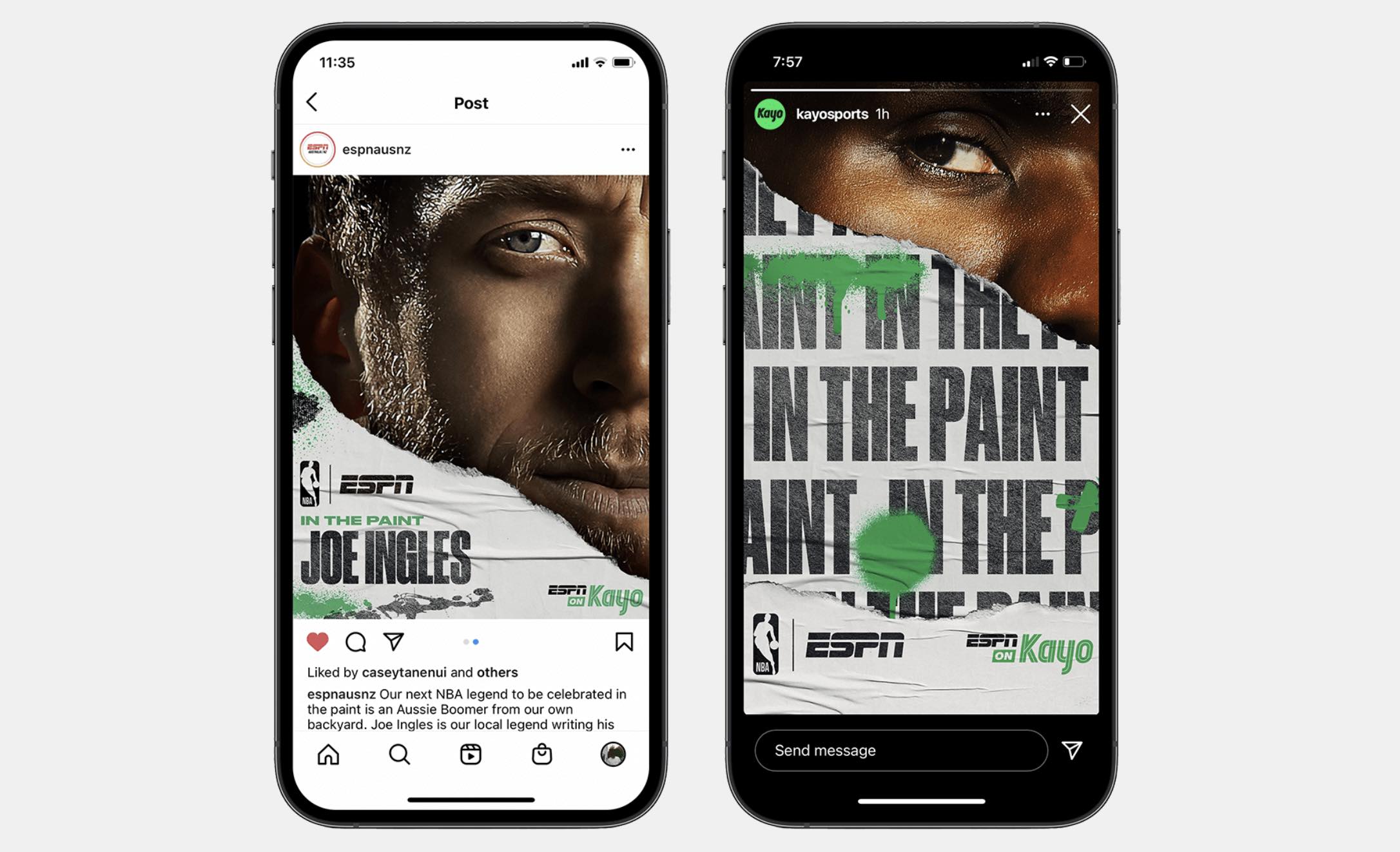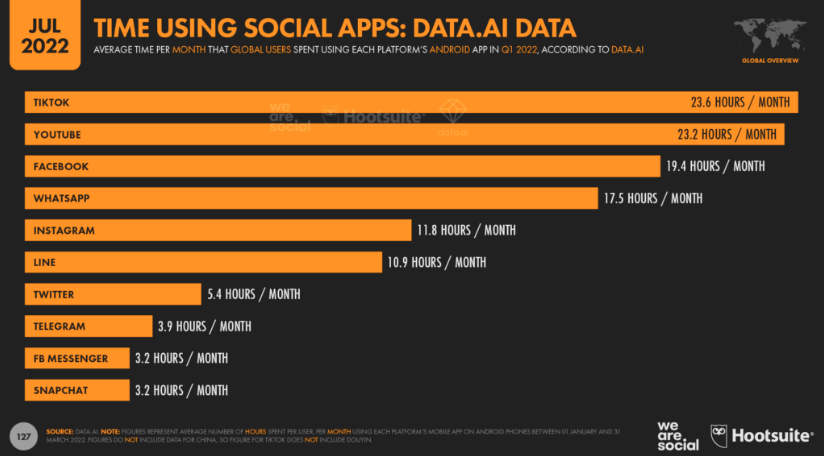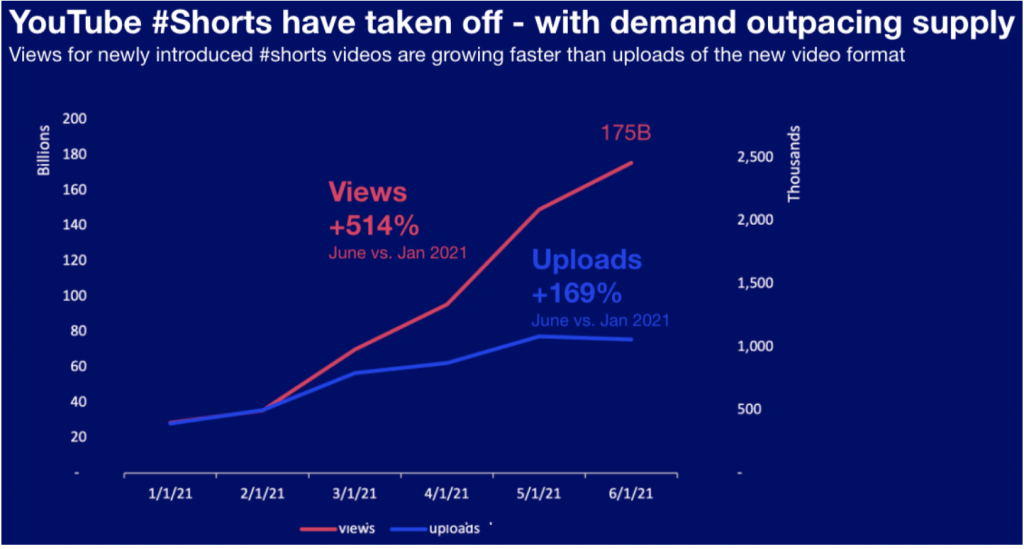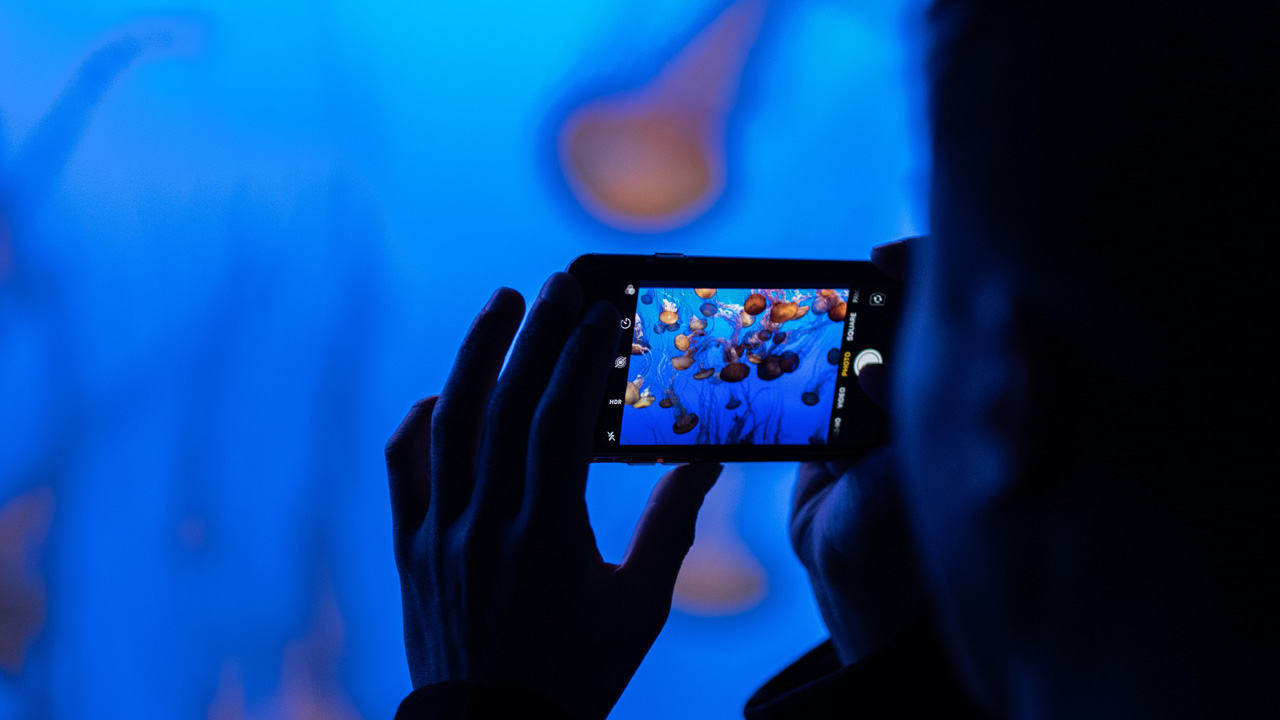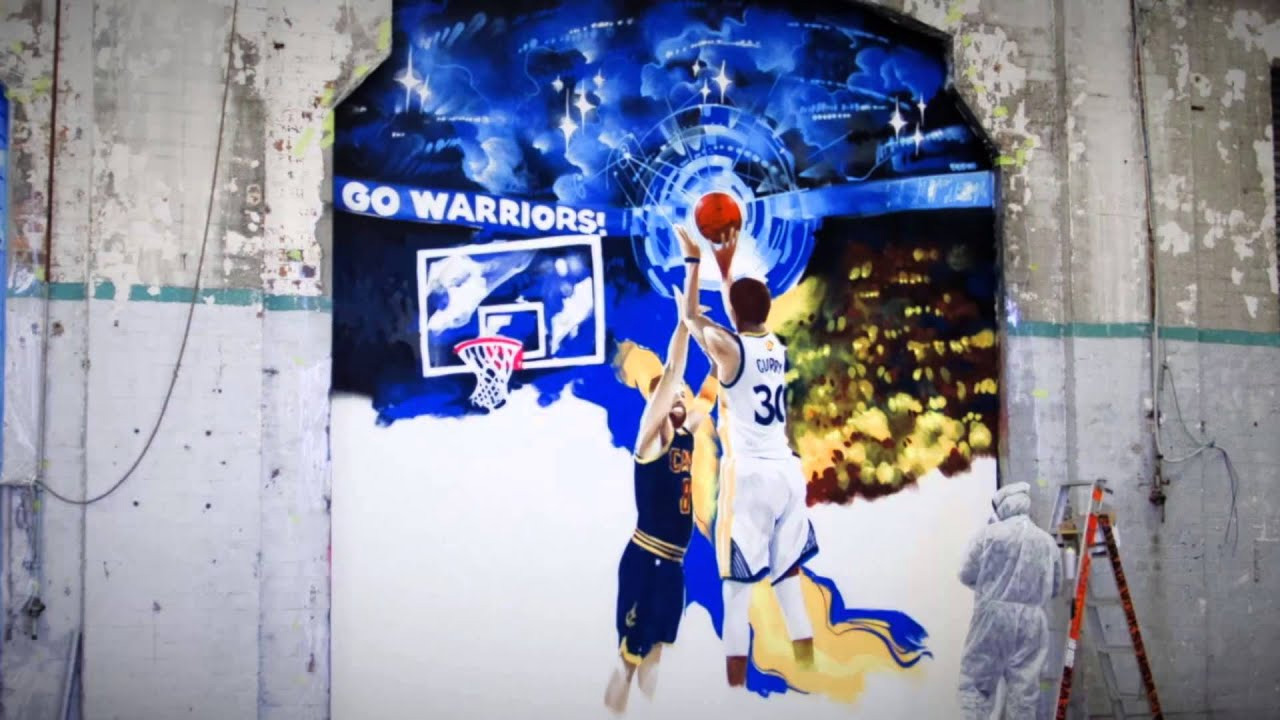We recently attended a webinar hosted by TikTok APAC, in which they introduced an upcoming suite of features called TikTok Symphony. This is a new suite of AI-powered creative tools designed to simplify and enhance content creation on TikTok. There’s no shortage of interesting features included in the suite and in this article we want to shed light on some of the most exciting ones.
In TikTok’s own words, the Symphony suite of solutions aim to:
- Level the creative playing field: Make content creation on TikTok accessible to all, regardless of creative maturity or resource availability.
- Boost productivity: Supercharge productivity in content creation, making mass production, hyper-personalisation, and constant iteration a reality.
- Uncover Insights: Identify cultural and industry trends as well as campaign learnings, enabling informed decision-making and creative strategy refinements.
The first big feature to take a look at is the Symphony Assistant. An AI-driven virtual assistant similar to the AI chatbots we’ve all already integrated into our day-to-day that helps marketers and creators brainstorm ideas, implement best practices, and optimise content for TikTok. This tool is guaranteed to be of help to brands trying to stay in the loop with what’s happening in the ever-changing landscape of TikTok.
Some examples of useful prompts here will be:
- "Create a script for a new TikTok ad for my [industry] brand called [name], targeting [market] and [target audience]. Make sure to highlight these USPs in the script: [benefits].”
- “Show me the top-performing TikTok ads in the [industry] industry right now."
- “Show me the top-performing TikTok ads in the [industry] industry right now."
- "Come up with TikTok ideas for my brand named [name], promoting [topic]."
The next big section of this new suite is the Symphony Creative Studio. Powered by generative AI technology, this is a tool that helps quickly generate TikTok-ready video content from minimal inputs, such as product URLs or existing assets. It includes features like global translation, AI-generated avatars and advanced editing tools. According to TikTok these features are designed to enhance and amplify human imagination.
The AI-Avatars feature stands out as one of the most impactful innovations within this suite, offering brands the ability to scale storytelling through UGC-style videos that feature lifelike avatars. These avatars, modelled after real actors who have been compensated and have consented to the use of their likeness, can effectively communicate key messages about your products or services. While this feature may give off some Black Mirror-esque vibes, it presents a valuable opportunity, particularly for smaller brands that may lack the resources or expertise to create UGC-style content, which consistently performs exceptionally well on TikTok.
Another interesting feature of the Symphony Creative Studio is the ability to seamlessly translate existing video content into other languages. TikTok will take your video and use generative AI to translate and dub it into the language of your choice. If you create a UGC-Style video in English that you’re particularly happy about, why not have it run in Italian, Tagalog and Finnish as well? Trialling products in new markets will be easier than ever. In the beginning, however, you should definitely make sure to check with a native speaker that the translation makes sense before putting your whole quarterly budget behind a new international campaign.
In a nutshell, TikTok Symphony is all about blending human creativity with AI smarts, making it easier than ever to create stellar content and connect with your audiences across TikTok. And honestly, we can't wait to dive in and try out these features ourselves!
At Now We Collide, we’ve been incorporating AI workflows, creative platforms and generative AI for over 2 years through our Collide AI division. This allows us to create fit-for-purpose workflows and content creation efficiencies, no matter the platform or the objectives. You can find out more about this in our recent post - Revolutionizing The Ad-Making Process: The Generative AI Approach.
